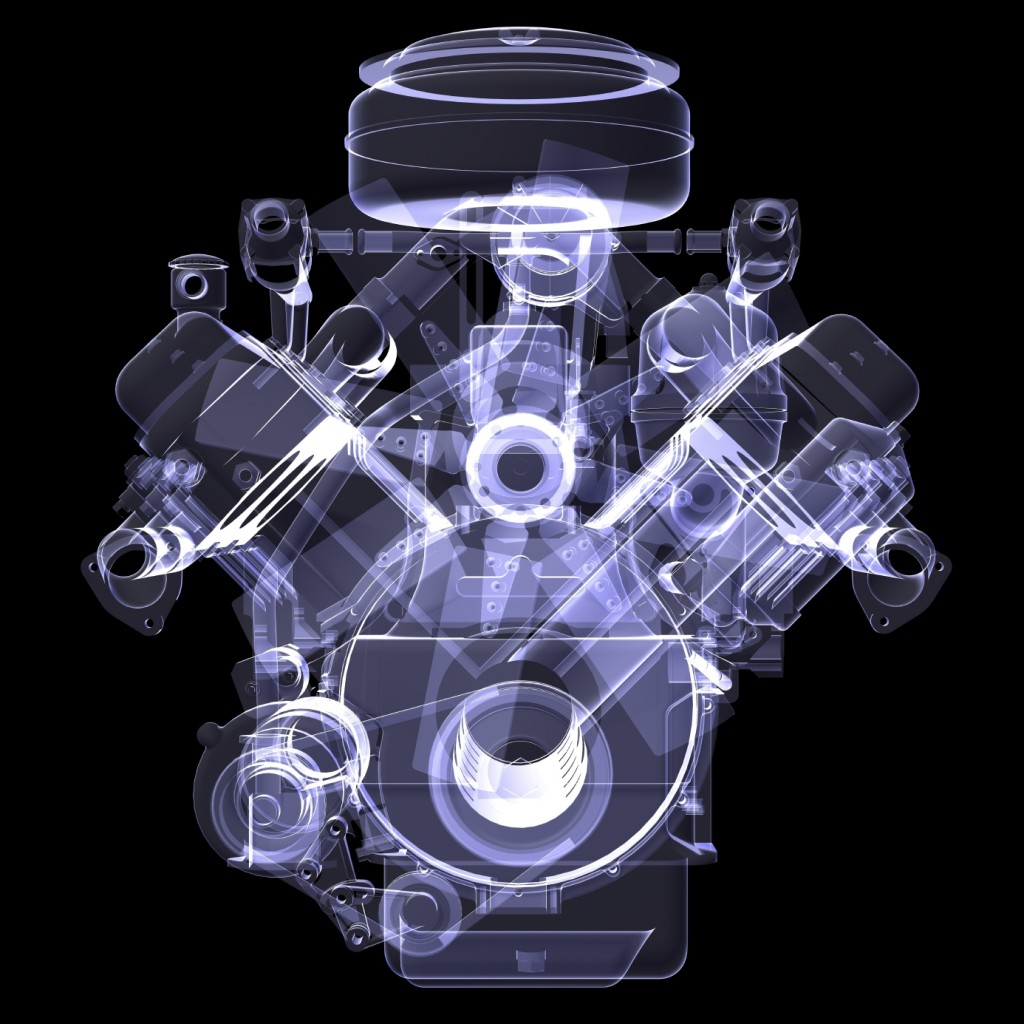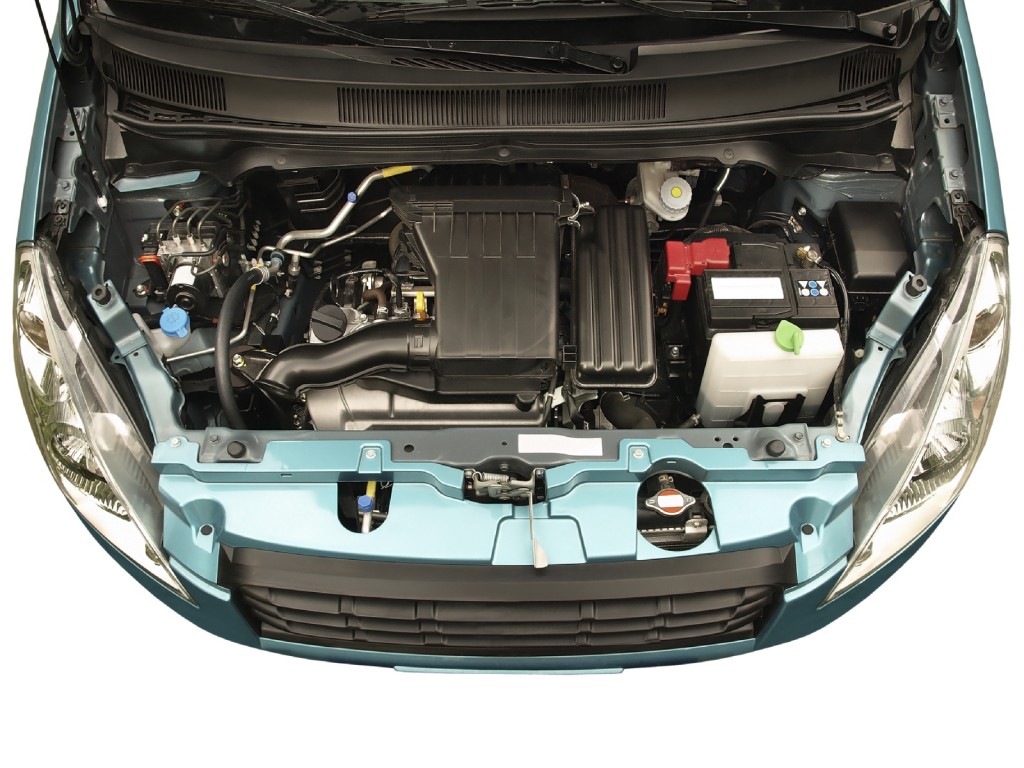The Science of the Combustion Engine
A combustion engine is a heat engine where fuel combusts with air to provide power. When this combustion process occurs inside the engine, it is known as an internal combustion engine, and the average car wouldn’t go far without one. But what is the science behind it?
Intake Stroke
When the piston lowers in the cylinder, air is sucked into the cylinder through the intake valve. This causes an increase in volume within the cylinder but because it is air, the pressure remains constant. By the use of sensors, fuel is injected into the cylinder to create a fuel-air mixture.
Compression Stroke
The intake valve closes and the crankshaft causes the piston to move up in the cylinder. This compresses the fuel-air mixture, increasing the pressure and the temperature. This is known as an adiabatic compression, meaning that there is no heat transfer to the surroundings during the compression stroke.
Combustion
When the piston reaches the top, the spark plug sparks, causing the fuel-air mixture to ignite. This occurs in an incredibly short time, so it can be said that the volume occupied by the fuel-air mixture is the same during and after combustion. Because of this, it means that heat is released, resulting in an increase in temperature.

Power Stroke
The energy produced during the combustion process forces the piston down, causing the volume within the cylinder to increase, resulting in a process known as an adiabatic expansion. This also means that the pressure within the cylinder decreases because work is done by the surroundings.
Heat Rejection
Once the piston has reached the bottom of the cylinder, the exhaust valve opens. The residual heat left in the cylinder is exchanged with the surroundings by the inclusion of a water jacket surrounding the engine. The volume in the cylinder remains constant and the pressure adjusts back to atmospheric conditions.
Exhaust Stroke
The piston comes back up and pushes the exhaust out of the cylinder, resulting in a decrease in volume. After the piston has reached the top, the exhaust valve closes, the intake valve opens and the whole process occurs again. This process is known as the Otto, or diesel, cycle.

Engines are incredibly important to any vehicle, and understanding how they work helps you to keep them in good condition. Of course, if you care about how your car works on the inside, you’ll also want to keep it in good condition on the outside. If you would like to know more about the services that we offer, then please don’t hesitate to contact us. Give us a call on 07732 542500 and a member of our friendly staff will be more than happy to help.

